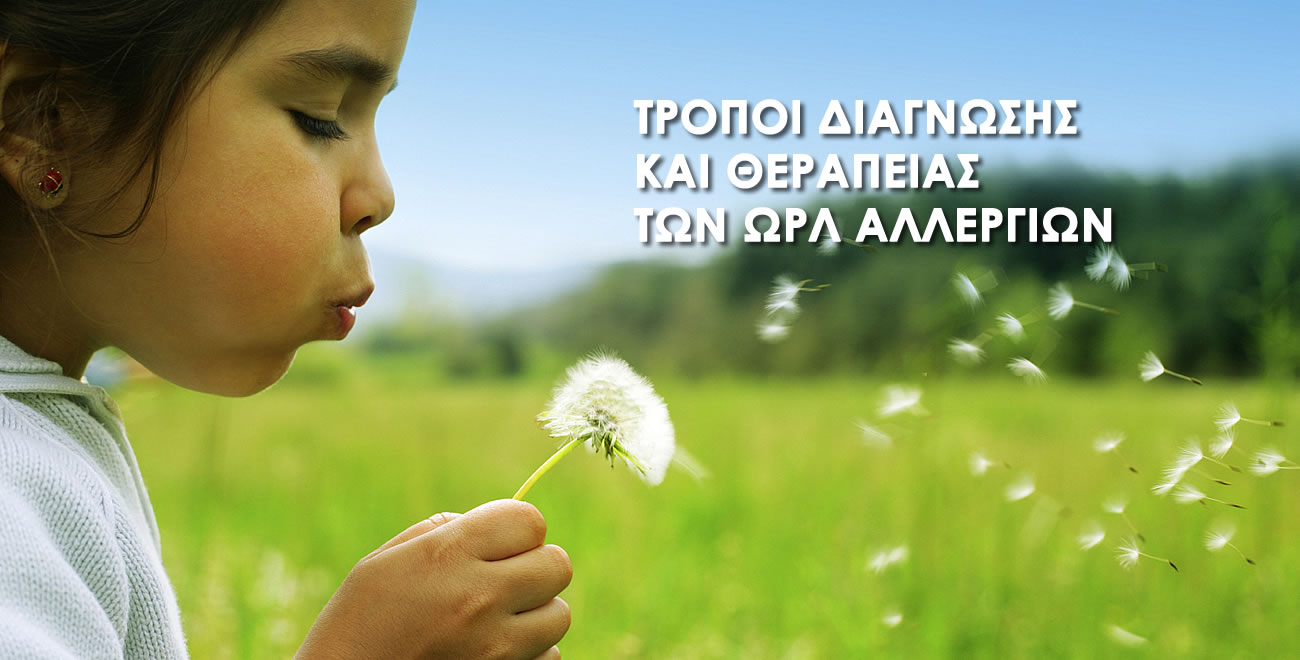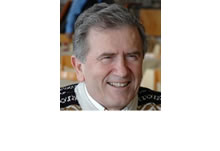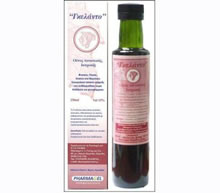
Λεξικό .. Asthma and age
A group of 323 subjects who had wheezed in childhood and 48 control subjects of the same age were studied prospectively from 7 to 28 years of age. A classification system based on wheezing frequency was found to correlate well with clinical and spirometric features of airway obstruction. The amount of wheezing in early adolescence seemed to be a guide for severity in later life with 73% of those with few symptoms at 14 continuing to have little or no asthma at 28 years. Similarly 68% of those with frequent wheezing at 14 still suffered from recurrent asthma at 28 years. Most subjects with frequent wheezing at 21 continued to have comparable asthma at 28 years. Of those with infrequent wheezing at 21, 44% had worsened at 28 years.
Women fared better than men between 21 and 28 with 19% having worse symptoms compared with 28% of men[1]. There is no major shift in the overall pattern of asthma from age 21 to 28 years. About a third of those with persistent asthma have improved while two-fifths of those with frequent asthma attacks had become worse. Τhe time to maximal bronchoconstriction is age-dependent in children and adolescents, and imply that the schedule of post-exercise FEV(1) measurements should be cautiously trimmed. Children <10 years of age showed Nadir-t at 3.4+/-1.7min post-exercise and older children at 6.6+/-2.5min post-exercise (p<0.0001).[2]
References
1. Kelly WJ, Hudson I, Phelan PD, Pain MC, Olinsky A. Childhood asthma in adult life: a further study at 28 years of age. Br Med J (Clin Res Ed). 1987 Apr 25;294(6579):1059-62.
2. Vilozni D, Szeinberg A, Barak A, Yahav Y, Augarten A, Efrati O. The relation between age and time to maximal bronchoconstriction following exercise in children. Respir Med. 2009 Jun 2.
Γκέλης Ν.Δ. - Λεξικό Αλλεργίας - Εκδόσεις ΒΕΛΛΕΡOΦΟΝΤΗΣ - Κόρινθος 2013
Gelis Ν.D. - Dictionary of Allergies - VELLEROFONTIS Publications - Corinth 2013




